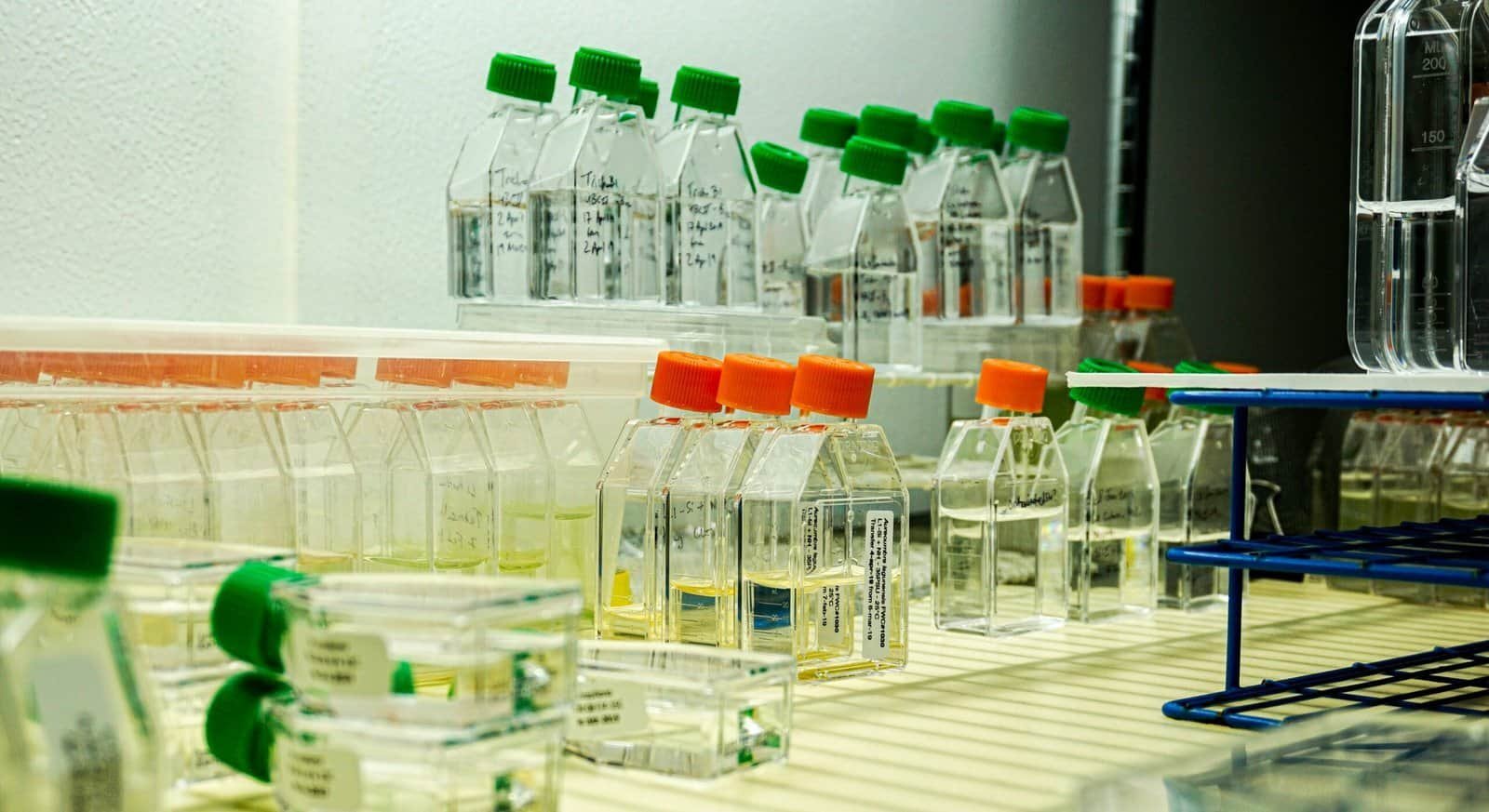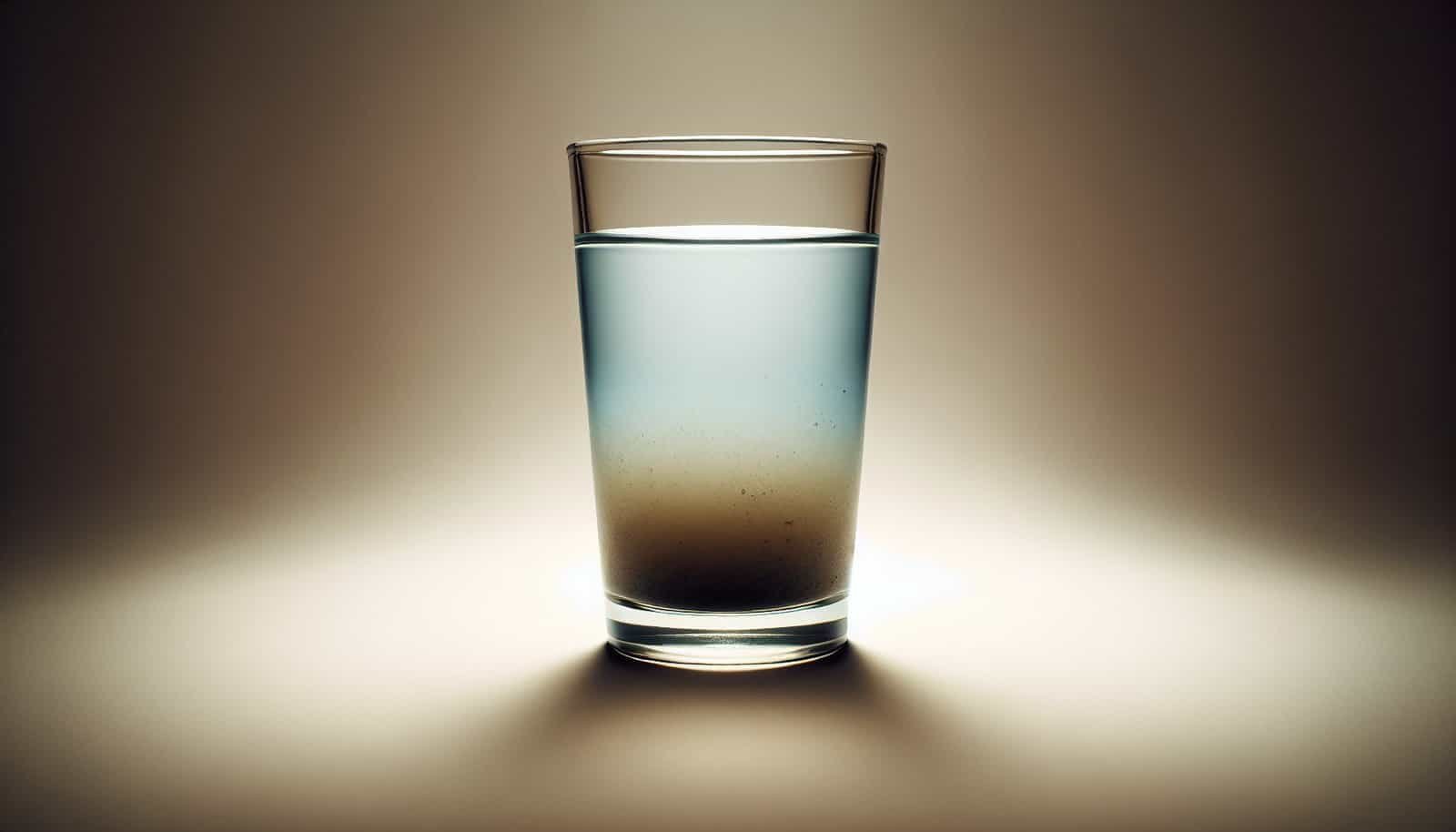Why is your well water discolored? If you’ve stared into your glass of water, wondering why it’s not crystal clear but instead a curious shade, you’re certainly not alone. Many well owners experience this issue and it can be puzzling and concerning. Discolored well water isn’t just displeasing to the eye; it can also be a sign of underlying problems that need to be addressed. So, let’s embark on this journey to unravel the mystery behind the change in hue of your well water.

Understanding the Source of Well Water
Before examining why your well water might be changing colors, it’s essential to understand where well water comes from. Well water is typically sourced from underground aquifers, which are layers of water-bearing rock or sediment that store vast amounts of groundwater. This water filters naturally through the sediment, which usually assures that the water is clean and clear. However, as it travels through these layers, it can pick up minerals and other materials, influencing its color and clarity.
Factors Affecting Well Water Quality
There are a variety of factors affecting the quality and appearance of your well water. These include:
- Geological Composition: The type of rocks and soil in your area can affect the water. For example, high levels of iron in the soil can lead to rusty-colored water.
- Environmental Factors: Heavy rainfall, drought, and farming activities can influence groundwater quality.
- Human Activity: Proximity to industrial areas, septic tanks, or waste disposal sites can lead to contamination.
Common Causes of Discolored Well Water
Understanding the specific cause of discoloration in your well water is essential to find the right solution. Let’s delve into some common causes:
High Iron Content
One of the most frequent causes of discolored well water is a high iron content. Iron in your water can come from the dissolution of iron minerals deep beneath the Earth’s surface or from corroding pipework. When iron oxidizes upon exposure to air, it can turn your water a rusty, reddish-brown color. This is often harmless but can stain laundry and fixtures, and some people may detect a metallic taste.
Manganese Contamination
Much like iron, manganese is a common mineral in groundwater. Although usually present in smaller quantities than iron, manganese can also cause discoloration. It can impart a deep brown or black tint to your water, contributing to staining problems similarly to iron.
Tannins in Water
Tannins are naturally occurring organic substances that arise from decaying vegetation. They can color your water yellow or tea-like. While not dangerous to human health, tannins can influence the taste and aesthetic of your water.
Sediment and Silt
Sometimes the cause of discoloration is as simple as sediment or silt entering your well. This typically results in cloudy or murky water. This issue is often a result of well components being compromised or ground-disturbing activities like heavy rainfall or nearby construction.
Algae and Bacteria
Although less common, algae and bacteria can sometimes cause water discoloration. This is more likely if your well cap is damaged or improperly sealed, allowing foreign matter to enter your water supply.
Health Implications of Discolored Well Water
Although discolored water may be unsettling, not all causes pose significant health risks. However, some types of discoloration can be harmful if left unaddressed.
Harmless Discoloration
Water discolored by iron or tannins is typically safe to drink, although it may stain laundry and plumbing fixtures. The main concern is often aesthetic or practical rather than health-related.
Potentially Harmful Contamination
Conversely, discoloration due to bacterial contamination or nearby septic system leakage is a matter of health concern. Such contamination can lead to gastrointestinal illnesses or other health issues. Regular testing and maintenance of your well can help prevent these occurrences.
Diagnosing the Problem
To determine the exact cause of water discoloration, you’ll need to undertake a series of diagnostic tests.
Conduct a Water Test
Testing your water is a logical first step. You can purchase a home-testing kit or send a sample to a certified laboratory. Testing will check for metals like iron and manganese, as well as other potential contaminants such as bacteria or nitrates.
Well Inspection
Conducting a thorough inspection of your well can reveal structural issues that might allow contaminants into your water supply. This includes checking the well cap, casing, and seals.
Observe Changes
Keep a record of when discoloration occurs. A pattern might emerge that reveals clues, such as discoloration after heavy rain, indicating surface runoff is the issue.
| Method | What It Detects |
|---|---|
| Water Testing | Metals, minerals, bacterial contamination |
| Well Inspection | Structural issues with the well |
| Observation/Pattern Analysis | Environmental causes |

Solutions to Discolored Well Water
Once you’ve diagnosed the cause, the next step involves identifying effective solutions. Here’s a range of measures you can take based on your situation:
Install Water Filtration Systems
Installing a water filtration system can combat many discoloration issues. Options include:
- Iron Filters: Specifically target and reduce iron levels.
- Sediment Filters: Prevent particles and silt from discoloring your water.
- Activated Carbon Filters: Can reduce tannins and improve the taste of the water.
Regular Well Maintenance
Routine maintenance is crucial to prevent or immediately address any issues that might lead to discolored water.
- Seal and Cap: Ensure well seals and caps are intact to prevent contaminants.
- Clean the Well: Periodically cleaning to remove existing silt, bacteria, or deposits can improve water quality.
Professional Help
Sometimes, enlisting professional help for persistent or complex issues is your best option. Qualified professionals can offer advanced water testing and system upgrades tailored to your specific needs.
Preventing Future Discoloration
Preventative steps can ensure you don’t encounter well water discoloration again.
Regular Monitoring and Testing
Regular water testing can catch minor issues before they become significant problems. Testing every six months or at least once a year is recommended.
Keep Away from Contaminants
Keeping potential contaminants, like pesticides or fertilizers, away from the well can prevent contamination. Likewise, proper waste disposal and reducing chemical use in the vicinity contribute to a healthier water supply.
Upgrade to Modern Systems
Upgrading to modern and more efficient filtration systems or well designs can save you future trouble. Technologies are continually improving, making them more accessible and affordable than ever.

Final Thoughts on Discolored Well Water
While discolored well water might initially cause concern, understanding its causes and finding appropriate solutions can help restore your water to its clear state. Whether it’s a harmless mineral or a more serious contamination issue, each situation can be managed with a strategic approach. With regular attention and care, you’ll not only resolve any current problems but also help prevent potential ones from arising. Remember, your well is a vital resource, and maintaining its clarity ensures it remains a reliable source of water for you and your family.

